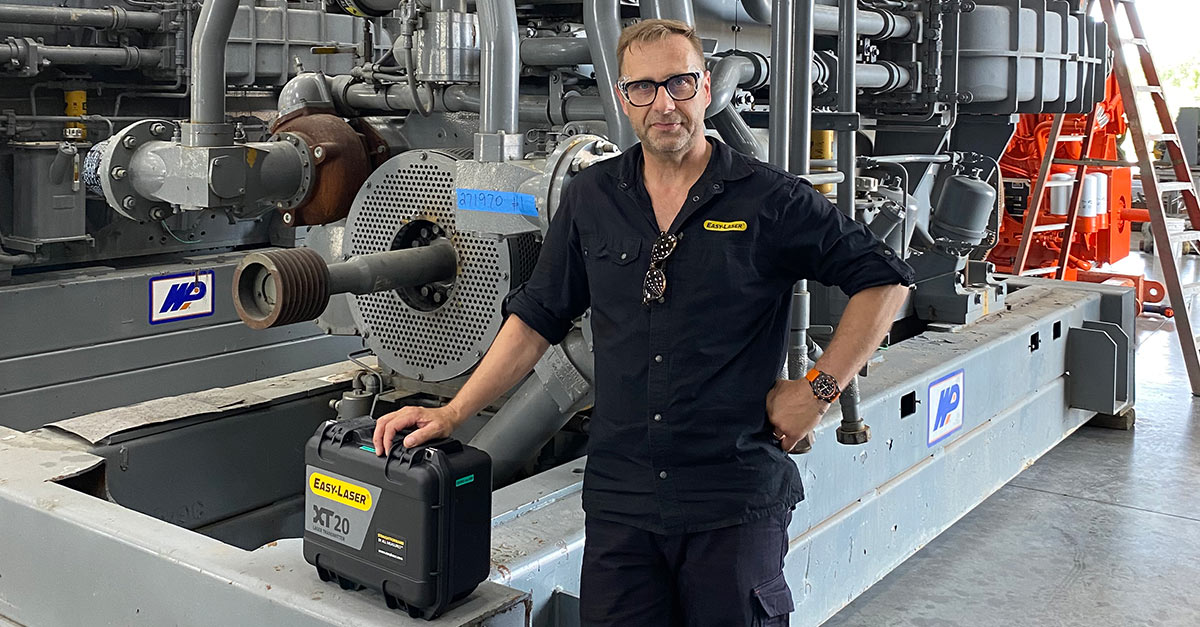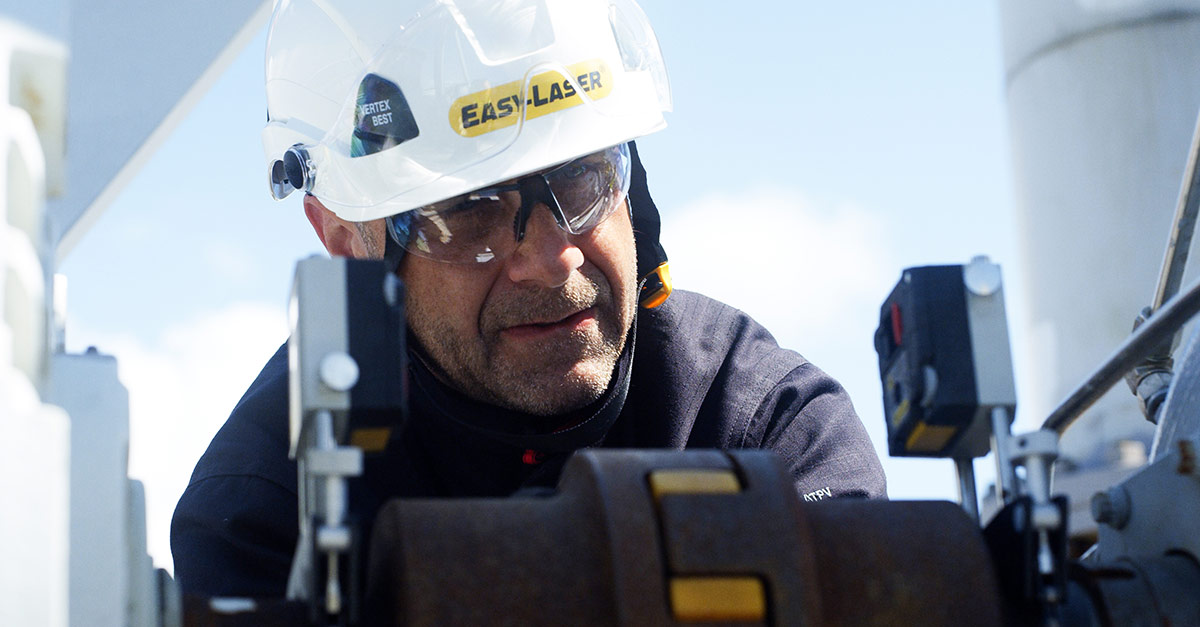1. Initial check
For safety, always remember lockout and tagout of the machine. Then you can go about inspecting the foundation, grout, and baseplate with your eyes. If there is rust, scale, paint, or dirt, remove all of this from under and around the feet. Then you replace damaged shims with new ones, that are corrosion and crush resistant.
2. The right shims, and the right number!
Don’t fall for the temptation to use homemade or low-quality shims! In the long run, this will cost you more than you gain short-term. Usually, you will also need more shims if you use homemade ones. Use as few shims as possible. Three pre-cut shims should always be enough; in extraordinary situations four could be needed. Fact is that using too many shims can, in itself, cause soft foot.
The use of anything other than high-quality shims is a main factor when it comes to machines being worn out beyond salvation. Pre-cut, stainless steel shims are perfectly flat and will, as a bonus of sorts, also prevent corrosion.
3. Measure and insert
Use a micrometer to measure the thickness of shims 1 mm and thicker. These thicknesses are nominal and not necessarily exact. Insert the pre-cut shims under the foot of the machine until they touch the bolt. Withdraw slightly.
4. Shim size
Use a shim size that adequately supports the load zone of the foot. Whenever the contact between the underside of the machine’s feet and the surface of the base plate or frame is less than perfect, we have what’s called soft foot. Ever sat at a wobbly table? Then you know. The annoying situation where one leg fails to reach the floor is bad enough. For a machine in an industrial context, this is more than just irritating; it will lead to damage if not taken care of.
5. Sandwich
With pre-cut shims you’ll get a safer and easier machine alignment as well as better machine performance. Burr-free edges and rounded corners prevent injuries from occurring. Sandwich thin shims between thicker ones. If you have used high-quality shims, your machine should now be almost aligned. You are ready to move on to fine adjustment, i.e., aligning your machine using all the tricks of the trade.



